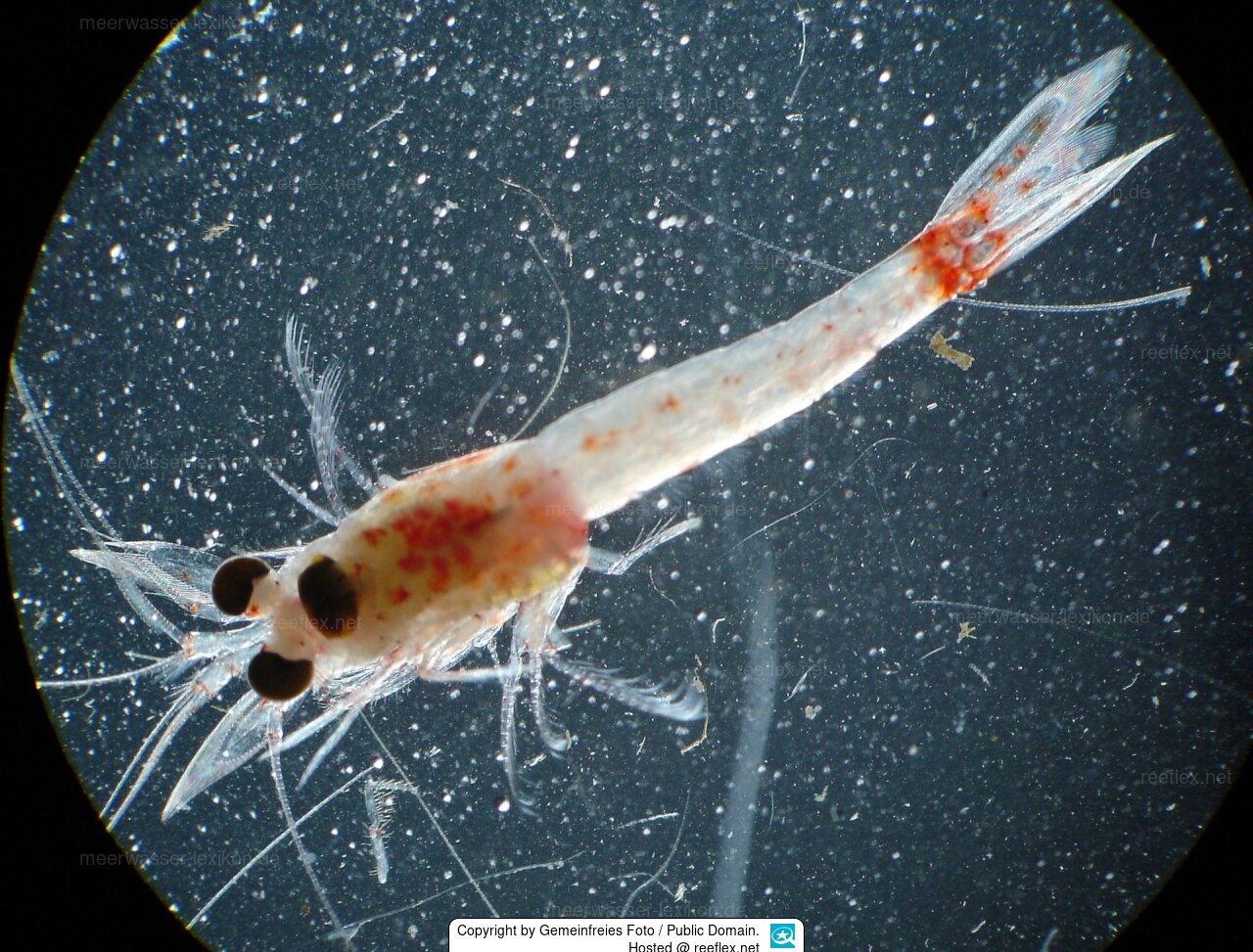Info
In addition to the countries listed above, Hemimysis anomala also occurs in Switzerland, Austria, Lichtenstein and Hungary.
Hemimysis anomala prefers rocky substrates, such as those found in large lakes or ponds, and built environments such as concrete walls with cracks provide favorable conditions for the colonization of this species.
In addition, the arrangement of rocks, their diameter and the distance between them or between them and the benthic sediments influence the speed of colonization by providing suitable habitats and substrates to facilitate their colonization and growth.
Schooling areas are also larger in inland lakes than in coastal rivers.
Swarms were observed at depths of < 12 m within and around accumulations of submerged branches or the aquatic plant Myriophyllum spicatum (Serge Dumont, pers. comm.) and anthropogenic structures such as pontoons, stone fill, jetties, slipways and in tree roots along the banks
During the day, Hemimysis anomala mainly lives hidden near or under benthic or artificial shelters and rocky substrates, where it finds protection from strong currents or predators.
Juvenile animals feed first on rotifers.
Positive effects of the species:
Nutrition of various fish species such as yellow perch (Perca flavescens), European perch (Perca fluviatilis), striped blenny (Ambloplites rupestris), Arctic char (Coregonus artedi), white perch (Morone americana), twaite shad (Alosa pseudoharengus), largemouth bass (Micropterus salmoides) and smelt (Osmerus mordax) (; ; ; ) can contribute.
Negative impacts of the species:
The ecological impacts of the establishment of Hemimysis anomala in receiving aquatic ecosystems are primarily due to its high zooplankton consumption capacity (; ; ). For example, in the St. Lawrence River, densities of cladocerans, ostracods, rotifers and predatory invertebrates decreased drastically in late summer, which is associated with the reproduction of Mysidae (). Similarly, cladoceran abundance decreased sharply after the invasion of Lake Honderd in the Netherlands by H. anomala (). This predation pressure can disrupt the structure of the zooplankton community, potentially altering food web dynamics and affecting species that rely on zooplankton as their primary food source.
Hemimysis anomala is invasive and can become a food competitor for fish larvae!
Literature reference:
Rogissart H, Marty J, Grimond J, Frossard V, Jacquet S (2025) The invasive mysid Hemimysis anomala: an up-to-date review of its biology, ecology, distribution and ecological impacts. NeoBiota 98: 117-144.
https://doi.org/10.3897/neobiota.98.144040
This is an open access article distributed under the terms of the Creative Commons Attribution License (CC BY 4.0), which permits unrestricted use, distribution, and reproduction in any medium, provided the original author and source are credited.
Hemimysis anomala prefers rocky substrates, such as those found in large lakes or ponds, and built environments such as concrete walls with cracks provide favorable conditions for the colonization of this species.
In addition, the arrangement of rocks, their diameter and the distance between them or between them and the benthic sediments influence the speed of colonization by providing suitable habitats and substrates to facilitate their colonization and growth.
Schooling areas are also larger in inland lakes than in coastal rivers.
Swarms were observed at depths of < 12 m within and around accumulations of submerged branches or the aquatic plant Myriophyllum spicatum (Serge Dumont, pers. comm.) and anthropogenic structures such as pontoons, stone fill, jetties, slipways and in tree roots along the banks
During the day, Hemimysis anomala mainly lives hidden near or under benthic or artificial shelters and rocky substrates, where it finds protection from strong currents or predators.
Juvenile animals feed first on rotifers.
Positive effects of the species:
Nutrition of various fish species such as yellow perch (Perca flavescens), European perch (Perca fluviatilis), striped blenny (Ambloplites rupestris), Arctic char (Coregonus artedi), white perch (Morone americana), twaite shad (Alosa pseudoharengus), largemouth bass (Micropterus salmoides) and smelt (Osmerus mordax) (; ; ; ) can contribute.
Negative impacts of the species:
The ecological impacts of the establishment of Hemimysis anomala in receiving aquatic ecosystems are primarily due to its high zooplankton consumption capacity (; ; ). For example, in the St. Lawrence River, densities of cladocerans, ostracods, rotifers and predatory invertebrates decreased drastically in late summer, which is associated with the reproduction of Mysidae (). Similarly, cladoceran abundance decreased sharply after the invasion of Lake Honderd in the Netherlands by H. anomala (). This predation pressure can disrupt the structure of the zooplankton community, potentially altering food web dynamics and affecting species that rely on zooplankton as their primary food source.
Hemimysis anomala is invasive and can become a food competitor for fish larvae!
Literature reference:
Rogissart H, Marty J, Grimond J, Frossard V, Jacquet S (2025) The invasive mysid Hemimysis anomala: an up-to-date review of its biology, ecology, distribution and ecological impacts. NeoBiota 98: 117-144.
https://doi.org/10.3897/neobiota.98.144040
This is an open access article distributed under the terms of the Creative Commons Attribution License (CC BY 4.0), which permits unrestricted use, distribution, and reproduction in any medium, provided the original author and source are credited.







 Gemeinfreies Foto / Public Domain
Gemeinfreies Foto / Public Domain



